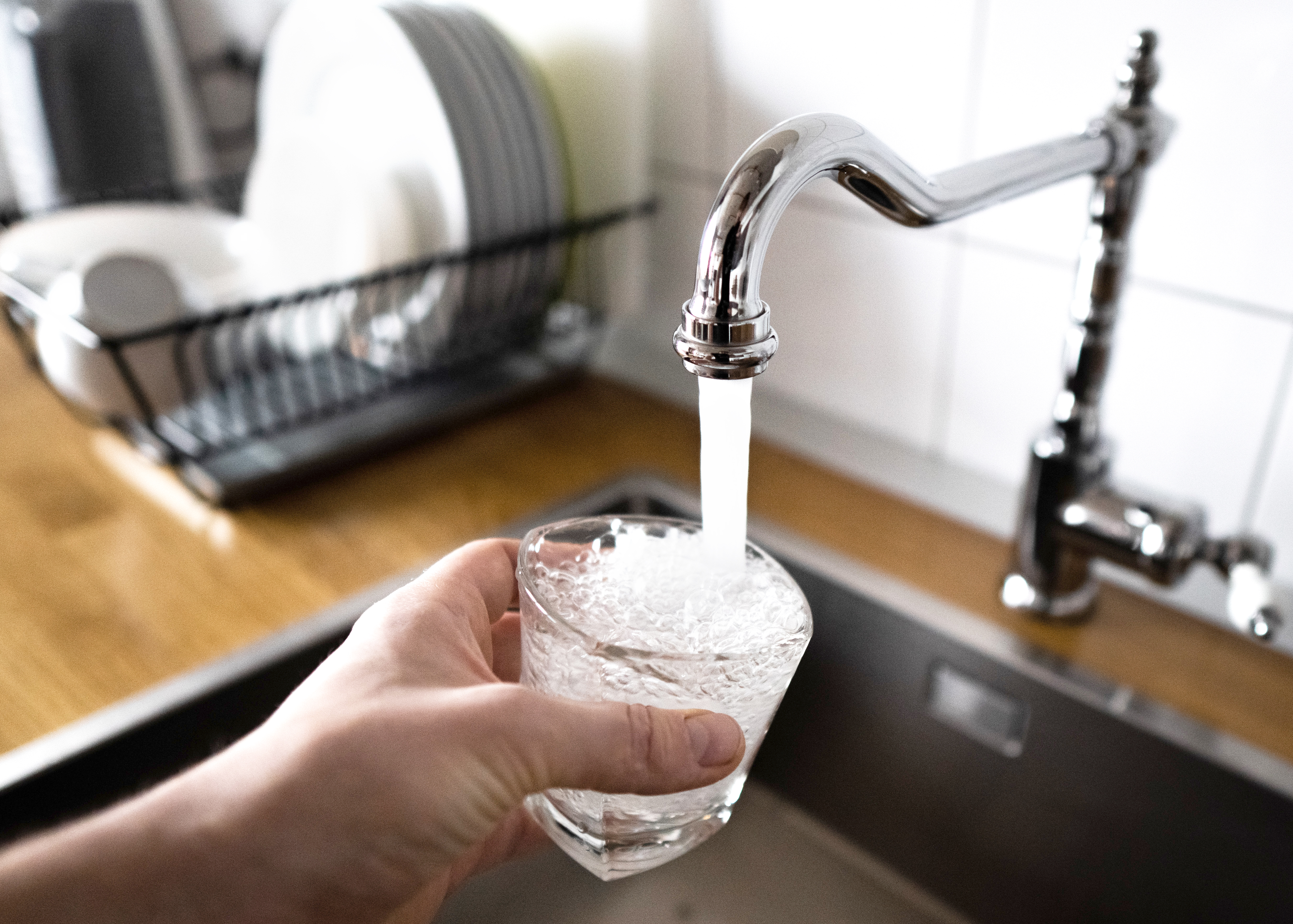
Discover the leading factors affecting your main water line replacement cost in Columbus, including length, material selection, and installation details.
Fixing a leaky faucet is a little project that can help you save big on H2O


Leaky outdoor water faucets are no fun, especially when it’s scorching hot and you need the hose to fill your pool or power your portable sprinkler. Water leaks are wasteful and costly in the long run, so it’s important to fix your outdoor water faucets if you notice any issues. If you’re handy, you can fix most small leaks yourself. Bigger problems warrant a call to the pros.
Hiring a professional to fix your outdoor faucet will cost about $150 for labor on top of the trip fee, which covers the time and fuel it takes to get to your house, plus overhead costs like insurance. Plumbers charge between $45 and $200 per hour on average, and the job will take about an hour for them to complete. Replacing an outdoor faucet costs $20 if you need the replacement part.
If you’re relatively new to the plumbing world, it will take you at least twice as long to DIY. While you won’t need to pay for labor, you may need to visit your local home improvement store to purchase the necessary tools and materials (unless you have them already), which will likely cost less than $50 total.
Remember to completely shut off the water supply to the outdoor spigot, also known as a hose bibb, before working on it. Otherwise, prepare to get drenched.
Find your outdoor water faucet on your home’s exterior where you connect your garden hose to water the lawn. The spigot shutoff valve is typically located inside your house in your utility room, crawl space, or basement. If going down there gives you the heebie-jeebies, consider calling a local plumber to do the dirty work for you.
If your valve looks like a small wheel, it’s a gate valve. Turn the wheel counterclockwise until it won’t turn anymore.
If you have a ball valve instead of a gate valve, turn the handle until it’s perpendicular to the water supply line to shut off the water.

Once you turn off your water, you can head back outside to your outdoor water faucet and unscrew your hose. A little bit of excess water may spill out of the faucet, but don’t be alarmed—after the initial small spill, the faucet will remain dry until you turn the water back on. But just in case, don’t wear your new favorite outfit.
Find the packing nut below the handle of the faucet. The packing nut provides a watertight seal around the valve stem. In some cases, a loose packing nut is the reason for a leaky water spigot. If that’s your problem, use a wrench to tighten it as much as you can.
If you’re still experiencing leaks with a tight packing nut, use your wrench to loosen and remove the nut completely.
After you remove the packing nut, you’ll be able to remove the long valve stem from the faucet. Often, you can simply pull it out with a firm grip and a little muscle. But you can also grasp the faucet itself along with the supply pipe and turn it clockwise while pulling it upward.
Pry out the metal washer at the end of the long valve stem with a flathead screwdriver. Then, replace the washer with a new one of the same size and put the end of the valve back into place.
If your old washer is significantly thinner than the replacement one, that doesn’t necessarily mean they’re different sizes. It likely means that your old washer was worn down and in need of replacement, so good on you for getting the job done.

If your faucet was leaking at the handle, you should replace your packing nut with a new one. If not, simply tighten it with a wrench until it feels taut and rigid.
To replace the packing nut, unscrew the handle using a Phillips screwdriver. Then, replace the packing nut with a new one from the hardware store and screw the handle back on until it’s snug.
Now that you’ve replaced the washer and replaced or tightened the packing nut, your outdoor water faucet should be as good as new. Now it’s time to put everything back together so you can get back to filling your pool to prepare for the hot summer days ahead.
Push or screw the valve stem back into place in the faucet housing. Make sure the packing nut on the faucet is tight, and turn the faucet off by turning the handle clockwise as far as possible. If you leave the faucet on, water will spray everywhere once you turn the water supply back on.

Head back inside (or wherever your water supply valve is) to turn the water to your hose bibb back on. Turn gate valves clockwise and turn ball valves so that their handles are parallel to the water supply line.
Then, go back to your faucet and turn it on. Leave it on for a few seconds and then check for any leaks, paying close attention to the area on the spigot near the packing nut.
If there are no leaks, turn the spigot off, sit down with a cold glass of lemonade, and revel in the satisfaction of a job well done.
If there are leaks, however, it might be a deeper issue. In that case, call a professional for advice and to come out and take a look.
From average costs to expert advice, get all the answers you need to get your job done.

Discover the leading factors affecting your main water line replacement cost in Columbus, including length, material selection, and installation details.

Learn about main water line repair costs in Columbus and what affects pricing to be prepared before you start getting estimates.

Learn how much plumbers cost in Columbus, Ohio. Discover pricing for faucet repairs, pipe work, and emergency services, plus how you can save money.

Need to create a residential plumbing design layout but don’t know where to start? Learn essential plumbing components to create the perfect layout for your home.

Shower diverters will wear down over time and eventually need repairs. This guide will show you how to fix a shower diverter and get your shower working again.

Read how to properly vent your toilet, sink, and shower and learn the importance of effective plumbing ventilation to ensure a well-functioning and odor-free bathroom.